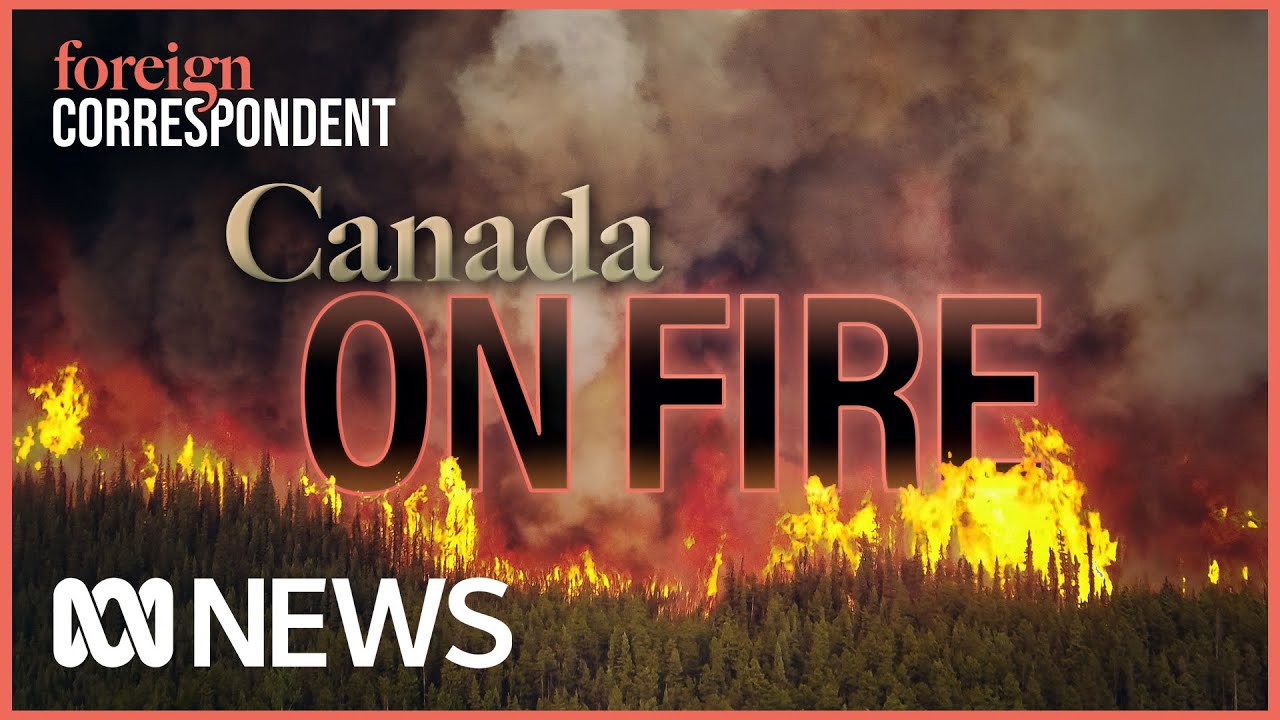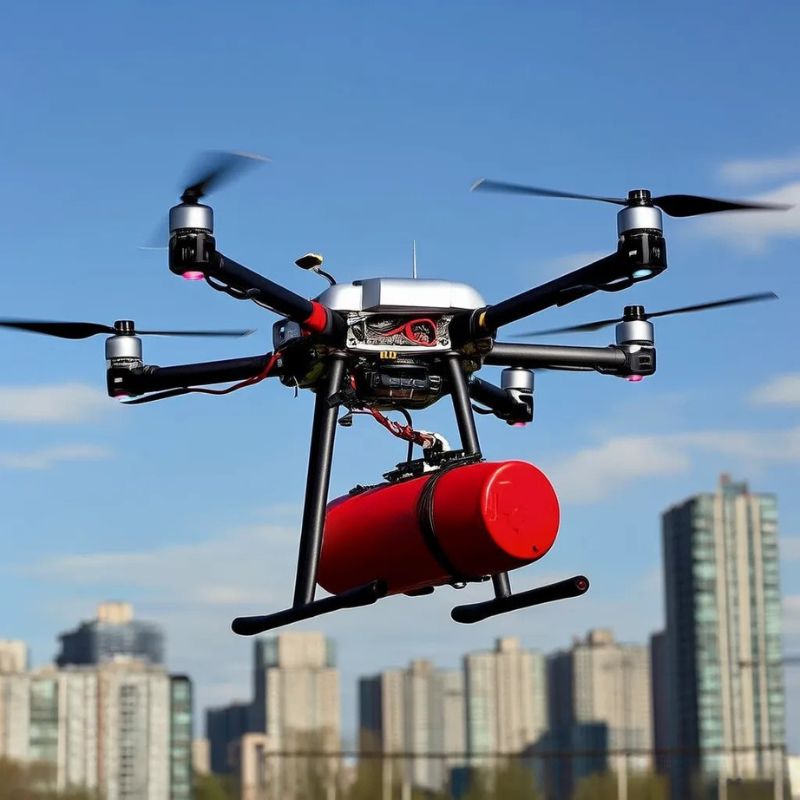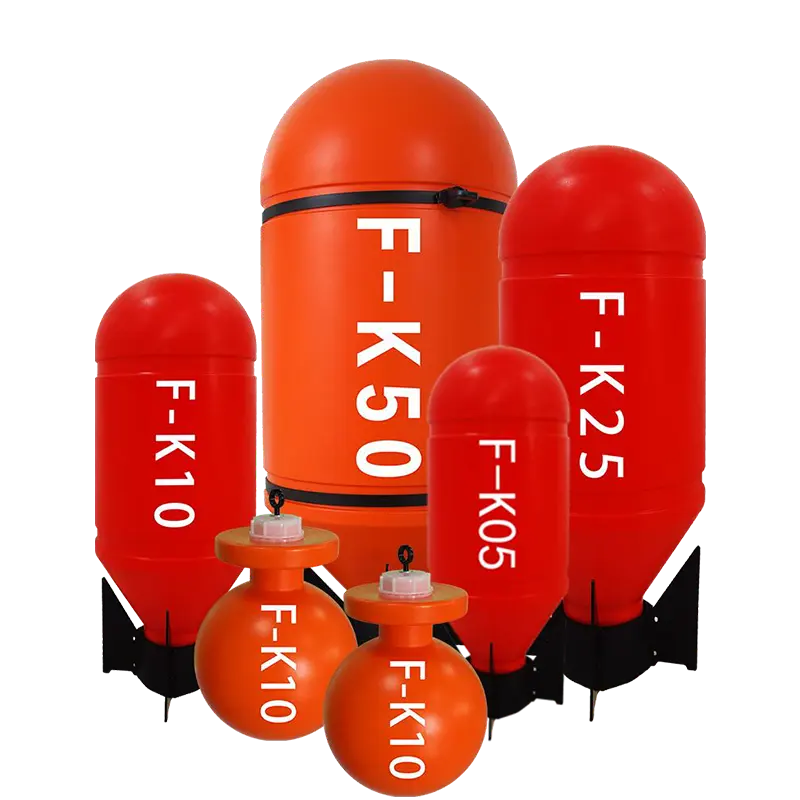The integration of heavy-lift drones for firefighting bomb dropping is transforming emergency response strategies around the globe. These advanced Unmanned Aerial Vehicles (UAVs) are engineered to deliver large payloads such as fire extinguisher bombs, chemical retardants, and suppressing foams directly into the heart of dangerous fire zones. By minimizing human risk, increasing accuracy, and speeding up deployment, heavy-lift drones are redefining how wildfires, urban blazes, and industrial incidents are tackled.
This article explores the core capabilities, practical applications, challenges, and future innovations of firefighting drones, and explains why they are becoming indispensable tools for fire response units worldwide.
Why Use Heavy-Lift Drones for Firefighting?
Fire incidents, particularly wildfires and large-scale industrial fires, often present access challenges and serious risks to human responders. Ground crews may be unable to reach steep terrains or blaze fronts due to smoke, heat, or infrastructure collapse. In such scenarios, the use of heavy-lift drones provides critical advantages.
1. Precision Firefighting Bomb Dropping
Unlike traditional water bombing from helicopters or planes, which can be hampered by wind drift and visibility issues, drones can target fire zones with pinpoint accuracy. Equipped with LiDAR-guided positioning systems, these UAVs can drop liquid fire extinguisher bomb, dry powder fire extinguisher bomb, or other encapsulated extinguishing agents within a meter of the intended location—even in adverse conditions.
For instance, the FT105 Firefighting Drone, developed in China, is capable of carrying and deploying up to 2 pcs of 25L fire extinguisher bombs per sortie, making it especially effective in tackling early-stage bushfires before they spread out of control.
Fire Extinguisher Bomb 25/50/100L Dry Powder Water-based Firefighting Bullet
Original price was: $9,299.$399.00 – $699.00
F-K series water-based/dry powder forest fire extinguisher bombs uses smart chips to achieve fixed-height blasting and spraying.
2. Rapid Deployment
When a fire breaks out in remote forests, mountainous areas, or offshore facilities, dispatching traditional firefighting teams may take hours. Heavy-lift drones, however, can be airborne within minutes. Some hybrid models can travel up to 100 km per hour and reach the fire scene much faster than land-based teams.
In countries like Australia and the U.S., this speed has proven critical in the “golden window”—the first 10-30 minutes of a fire outbreak—when extinguishing the fire is still relatively manageable.
3. Increased Safety for Firefighters
By removing the need for human firefighters to enter unstable structures or volatile fire zones, these drones significantly reduce the risk of injury or death. During the 2023 Chile wildfires, local authorities used drones to scout fire paths and drop retardants without exposing firefighters to intense heat and falling debris.
Moreover, drones can operate in environments with toxic gas, dense smoke, or limited oxygen, where human intervention would be life-threatening.
Key Features of Firefighting Drones
Modern heavy-lift firefighting drones are not simple quadcopters with water buckets. They are sophisticated aerial platforms built for emergency-grade missions, combining multiple advanced technologies:
1. High Payload Capacity
These drones are specifically designed to carry heavy loads. Commercial firefighting UAVs such as the DJI Agras T100 and custom-built VTOL units can carry payloads ranging from 3 kg up to 100 kg. The payload can include:
-
Fire extinguisher bombs filled with dry chemical agents
-
Gel-based suppressants for long-lasting fire inhibition
-
Foam retardants for flammable liquid fires
-
Even specialized water mist canisters for electrical fires
Such capacity allows drones to perform multiple consecutive drops, or to be deployed as part of a coordinated squadron for area saturation.
2. Thermal Imaging and AI-Powered Detection
Integrated infrared and thermal sensors allow these drones to identify fire hotspots, track flame movement, and monitor fire behavior in real-time. AI algorithms onboard can analyze this data to predict fire spread, guide flight paths, and prioritize high-risk zones.
The Matrice 300 RTK, for example, supports the Zenmuse H20T thermal camera, which can spot embers beneath vegetation and smoke layers—a feature essential for preventing reignition.
3. Autonomous Navigation and Pre-Mission Programming
Firefighting drones often come with autonomous flight capabilities. Pre-programmed GPS routes and obstacle avoidance systems allow them to navigate complex environments without operator intervention. This is especially valuable in smoke-filled, low-visibility conditions where manual piloting becomes difficult.
Some models can even return to charging stations autonomously, allowing for continuous 24/7 operation when paired with multiple units.
4. Extended Flight Time and Hybrid Power Systems
Heavy-lift UAVs are typically powered by hybrid propulsion systems—combining electric motors with combustion engines or fuel cells—to provide both lifting power and long endurance. Drones like the Ehang 216F can stay aloft for up to 40 minutes with full payload, ideal for long-distance missions in large fire zones.
Real-World Applications
The deployment of heavy-lift firefighting drones is no longer theoretical—it’s already happening in multiple sectors and scenarios.
1. Wildfires in Remote Regions
During California’s wildfire season, fire departments have been using drones to deploy retardant bombs ahead of fire lines to stop spread. In Europe, the EU Forest Fire Information System (EFFIS) is now integrating UAV data into early-warning networks to improve rapid response efforts.
In early 2024, a new system trialed in Spain involved autonomous UAV swarms dropping gel-based fire suppressants in a coordinated pattern, reducing the fire’s intensity by over 70% within the first 15 minutes.
2. Urban Firefighting in High-Rise Buildings
Urban firefighting presents its own challenges: smoke-filled stairwells, limited hose reach, and risk of collapse. Drones equipped with CO₂ fire extinguisher bombs can target upper floors directly through broken windows, suppressing fires before they spread vertically.
In South Korea, firefighting drones were recently used to suppress a blaze on the 13th floor of an apartment complex, with the help of thermal imaging and precision drops—well before the ladder trucks arrived.
3. Industrial and Chemical Fires
Certain industrial facilities, like oil refineries and chemical plants, involve extremely hazardous materials. Human firefighters may not be allowed to enter due to the danger of explosions or toxic exposure.
Specialized drones with anti-corrosive designs can deliver dry chemical bombs, such as monoammonium phosphate or potassium bicarbonate, which neutralize Class B and Class C fires (flammable liquids and electrical equipment). Their precision minimizes collateral damage to machinery or stored goods.
Challenges and Considerations
While the benefits are clear, deploying heavy-lift firefighting drones is not without its challenges:
-
Regulatory barriers: Many regions still require strict licensing for UAVs carrying hazardous materials or flying beyond visual line of sight (BVLOS).
-
Payload limitations: Although heavy-lift drones are improving, they still can’t match the tonnage carried by helicopters or aircraft.
-
Weather sensitivity: Strong winds, rain, or electromagnetic interference can limit flight stability and drop accuracy.
-
Cost and training: Advanced firefighting drones with AI, thermal sensors, and payload modules can cost upwards of $50,000 per unit, not including operator training and maintenance.
However, as technology evolves, these limitations are steadily being addressed.
The Future of Firefighting: AI Swarms and Smart Deployment
Looking ahead, several exciting developments are shaping the next generation of firefighting UAVs:
1. AI Swarm Collaboration
One of the most promising trends is the development of autonomous swarms of firefighting drones. These units can communicate in real-time, divide tasks, and carry out simultaneous extinguishing missions across large areas.
Imagine a fleet of 20 drones working in unison: some detecting hotspots, others dropping bombs, and another group coordinating traffic around the area—all without human micromanagement.
2. Real-Time Data Integration
Integration with GIS platforms, real-time satellite feeds, and command center dashboards will allow emergency teams to manage fire scenes dynamically. Drone data can be overlaid with weather forecasts, wind direction, and terrain maps to optimize drop strategies.
3. Regulatory Support
Authorities such as the FAA in the U.S., EASA in Europe, and CAAC in China are increasingly recognizing the role of UAVs in public safety. Fast-track certifications and special emergency use permits are helping clear red tape for drone deployment in crisis zones.


